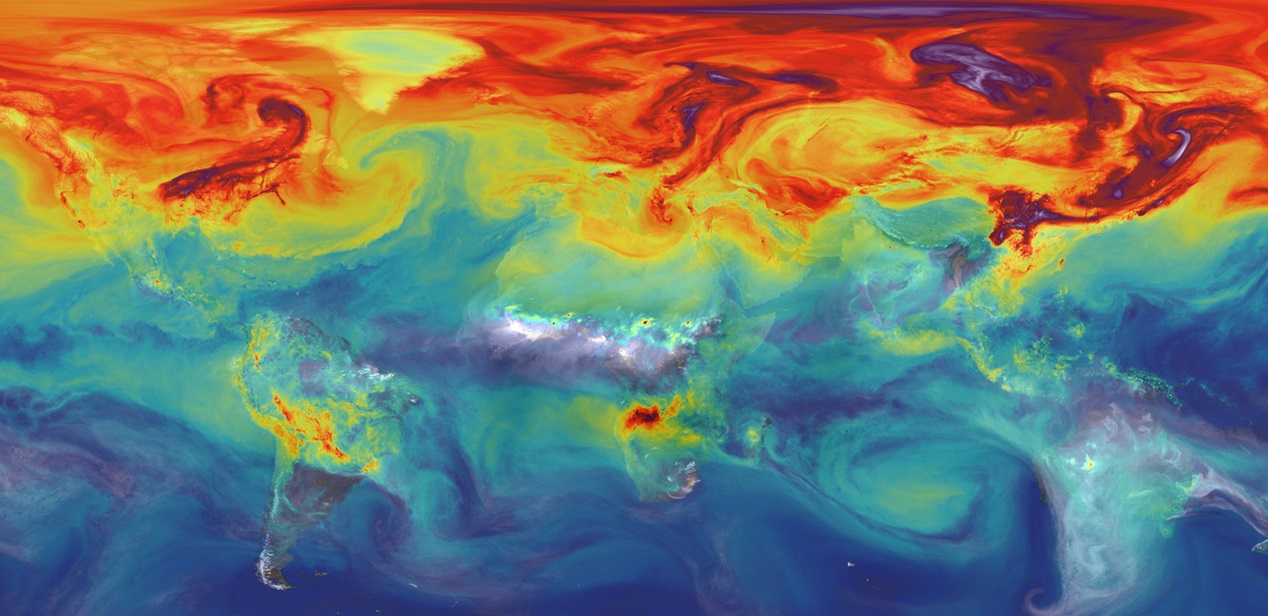In a bid to enhance the accuracy of multi-model climate studies, FORCeS researchers have unveiled a novel genealogy that establishes relationships among various climate models based on their computer codes. These climate models play a crucial role in estimating and predicting Earth’s climate patterns over time. The new study was published in Journal of Advances in Modeling Earth Systems (JAMES).
Climate models are essential tools used to understand past climate conditions, observe current behavior, and project future changes in the climate. Multi-model studies combine results from numerous climate models to obtain average estimates and quantify variations in predictions related to temperature, precipitation, and other Earth system characteristics. However, the issue arises when several climate models share similar computer codes and properties, potentially leading to certain models being overrepresented or underrepresented in these studies, thereby introducing biases in the results.
To address this concern, a team led by FORCeS scientist and post-doctoral researcher Peter Kuma at the Department of Meteorology, Stockholm University, introduced a computer code-based genealogy of 167 climate models, out of which 114 are part of the renowned Coupled Model Intercomparison Project (CMIP) Phases 3, 5, and 6. These models are designed to simulate various components of Earth’s climate system, including atmospheric, oceanic, and biological processes. As atmospheric physics, particularly the representation of cloud processes, is considered the major source of uncertainty in climate sensitivity estimations, the researchers focused their analysis on the atmospheric physics components of the 167 models. Through meticulous examination, the scientists identified 12 distinct groups, or families, of climate models. Each family encompasses models that share a common heritage and produce comparable estimates of critical climate properties.
Armed with these climate model “family trees,” the researchers have proposed statistical methods to be applied in future multi-model studies. These methods aim to account for the relationships among different models’ codes and mitigate biases in the research findings. Moreover, the team suggests that as new climate models are developed, they can be seamlessly integrated into the genealogy to further expand its scope and applicability.
This breakthrough research has the potential to refine our understanding of climate change by facilitating more accurate and reliable predictions through better integration and representation of climate models in multi-model studies.


